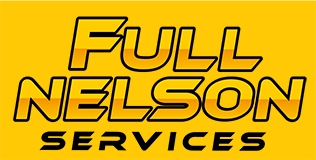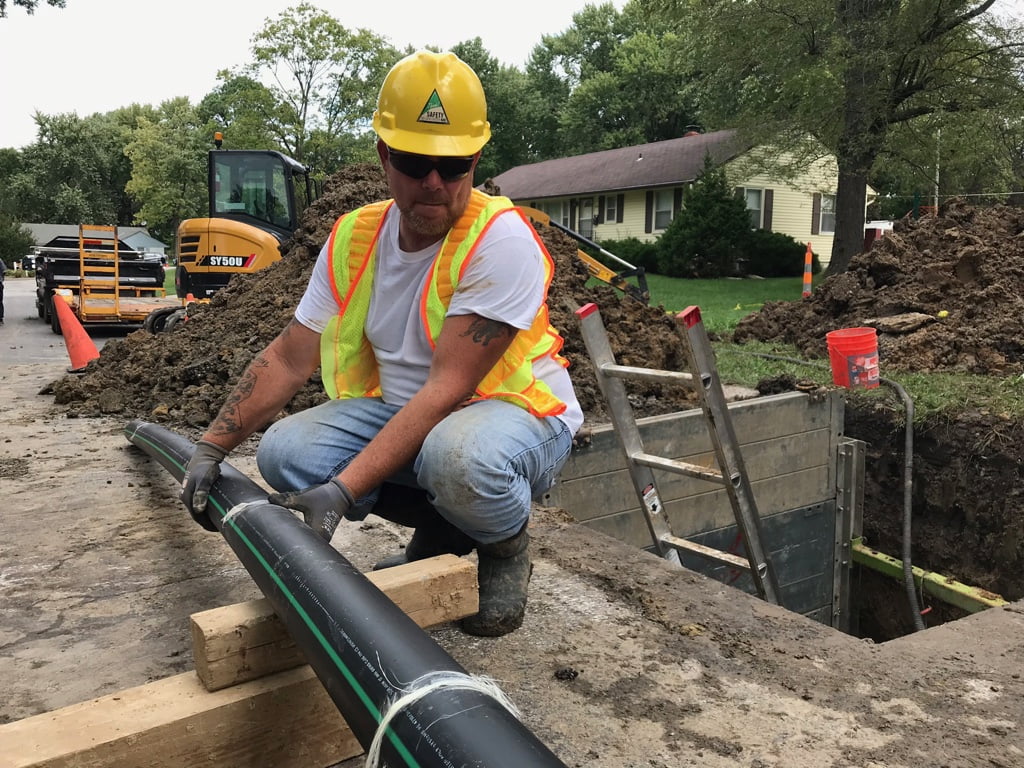Every drain pipe in your house leads to the biggest and most crucial piece of plumbing in any building: the main sewer line. All of the water from your sinks, toilets, showers, laundry, all of it ends up in the city sewer system via your main sewer line, which means a clog can cause big problems.
The severity of the blockage in your main sewer line can vary, from inconvenient to catastrophic, depending on the size and cause of the clog. Smaller obstructions may let most water through–you might hear some drains gurgling or see a small amount of water backing up in the basement. A mainline that is completely blocked, however, isn’t letting any water leave your house, which means that the contents of your drains (all of them) are coming right back to you, usually in the floor drains of the lowest level of your home.
Signs of a Main Sewer Line Blockage
- Multiple drains in the house backing up simultaneously
- Floor drains gurgle or back up when water is used
- Sewage, tissue, or other debris backing up in the lowest level of your home
Common Causes of a Main Sewer Line Blockage
- Roots! Tree root infiltration is a very common problem in main lines, especially if the line is made from clay, or if there are already cracks in the line. Roots can cause recurring backups since they continue to grow back into the sewer line, even after being cut away.
- Line Collapse – a complete collapse of the sewer line, letting nothing through. This can happen when a root infiltration gets so bad that cutting the roots out compromises the structural integrity of the line. In these cases, the only option is digging the lineup to repair it.
- Offset – meaning the joints in the sewer line are disconnecting, causing the opening between the joints to shrink and clog easily. Imagine holding two pieces of pipe together, end-to-end, without lining them up properly–that’s an offset.
- Belly – meaning a section of the sewer line is sagging, interrupting the steady flow of water to the city sewer and holding water. This can be caused by soil erosion, foundation settlement, earthquakes, or by human error such as poor soil compaction or poor installation.
- Material clog – non-flushable material (we’ve seen everything from wet wipes to children’s toys) gets stuck in the line. This is the best-case scenario as far as mainline clogs go because it doesn’t indicate damage to the sewer line like the above causes do.
When our service professionals need to clear out a clog in the main sewer line, they always recommend a camera inspection. When augering out the main sewer line, our experts can tell there might be a repair issue if they hit rough spots in the line that are difficult to pass, or if they pull back tree roots or mud on their machine. However, the only way to know what caused the backup is to look inside the line with a camera. Once we know what’s wrong, then we can provide solutions.
Options for Repairing the Sewer Line
- “Spot Repair” – this option requires digging a smaller trench to replace the damaged section of the line. While this option is usually the least expensive, it’s not highly recommended, as the rest of your line will be original material and likely to experience similar issues down the line.
- Trench Repair – this option entails digging a long trench the length of the sewer line to remove the old pipe entirely and replace it with stronger, more durable material.
- Hole-to-hole burst – this option involves a small trench dug at either end of the sewer line and shoving a new pipe through the old one. This option involves less mess but isn’t viable in cases where the main sewer line is collapsed completely.
What questions do you have? Our experts are available 24/7 for emergencies just like this, and we’re always happy to help!




